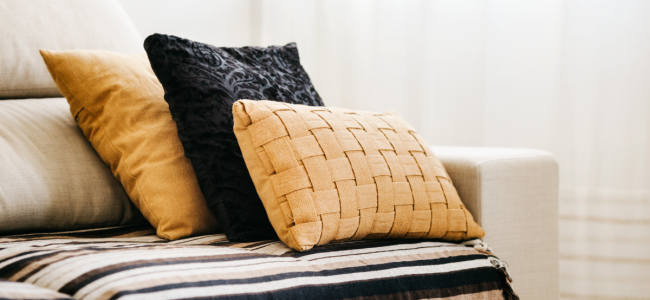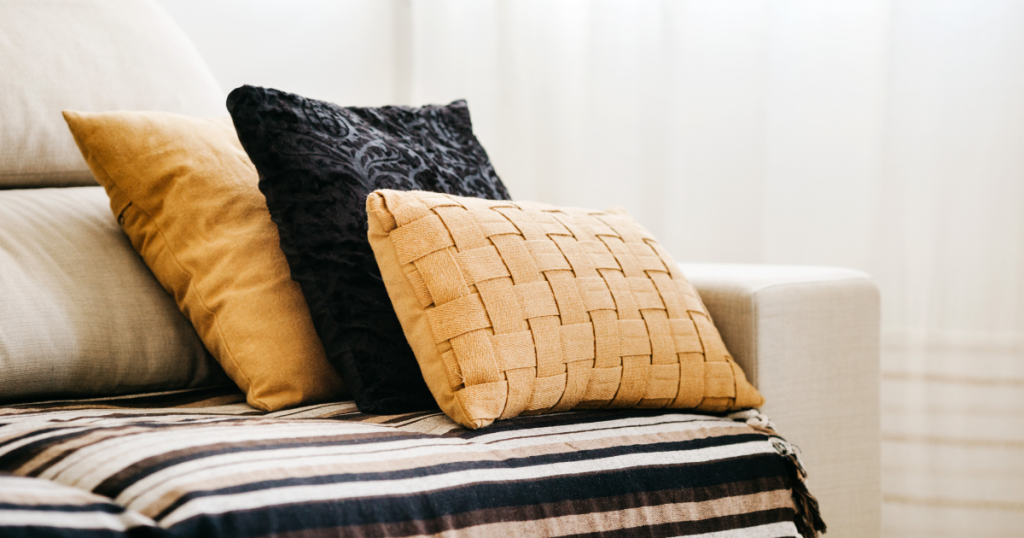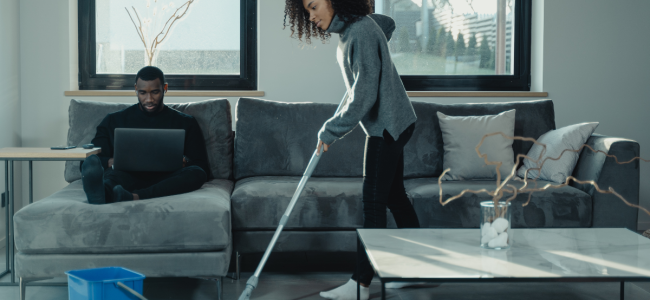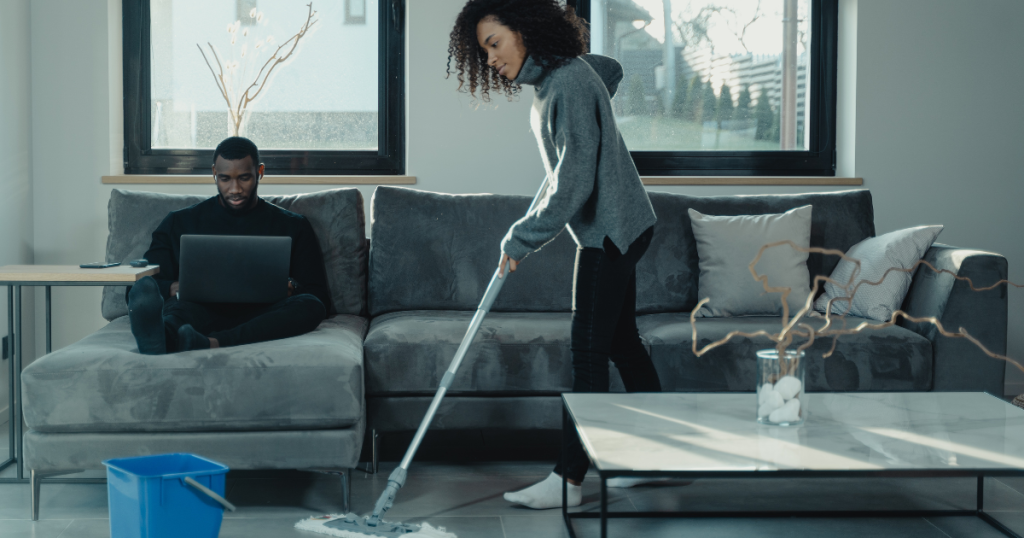
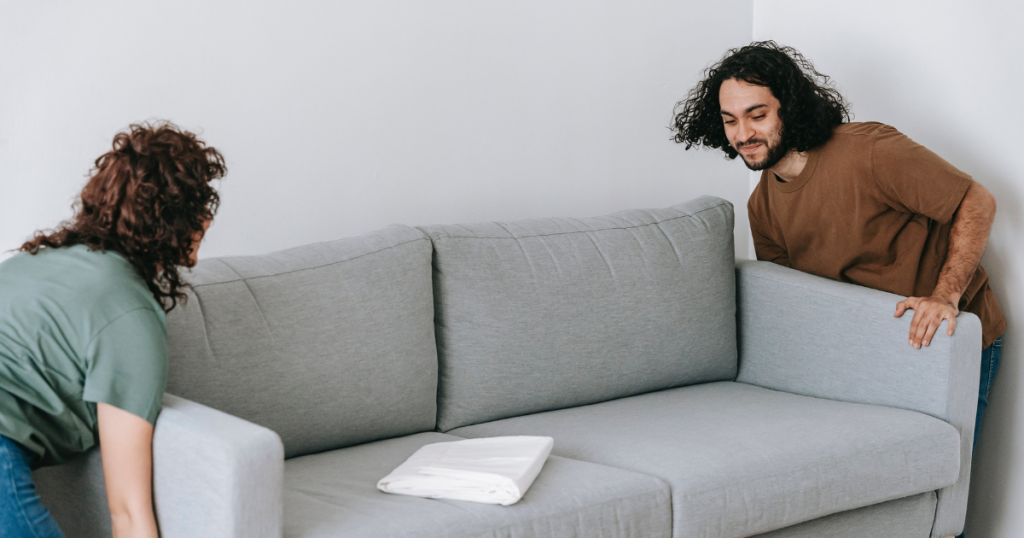
Are you in need of some extra cash or looking to upgrade your living room furniture? Selling your sofa can be a great way to accomplish both goals, but it can be a daunting task to figure out where to start. With so many online marketplaces and local options available, it can be overwhelming to decide which platform to use and how to make your sofa stand out among the competition.
In this comprehensive guide, we’ll provide you with some simple yet effective tips to sell your sofa quickly and for a fair price. Whether you’re a first-time seller or an experienced reseller, this guide will help you navigate the selling process with ease. From determining the right price to creating a compelling listing, we’ll cover everything you need to know to sell your sofa fast. So let’s get started and turn that unwanted sofa into cash in no time!
Determine the Value of Your Sofa
The first step in selling your sofa is to determine its value. This will help you set a fair price and attract potential buyers. To determine the value of your sofa, consider its age, condition, and original price. You can also check online listings and local stores to see what similar sofas are selling for. Once you have a good idea of its value, you can set a price that will attract potential buyers without undervaluing your sofa.
Clean and Stage Your Sofa
Before listing your sofa for sale, it’s important to clean and stage it. This will make it more appealing to potential buyers and increase your chances of a quick sale. Start by removing any clutter or personal items from the area around your sofa. Then, thoroughly clean the sofa, including vacuuming the cushions, wiping down the frame, and removing any stains or odors. Once your sofa is clean, you can stage it by adding decorative pillows or throws to make it look more inviting.
Take High-Quality Photos
When listing your sofa for sale online, photos are everything. High-quality photos will grab a potential buyer’s attention and make them more likely to inquire about your sofa. To take good photos, use natural light and take pictures from multiple angles. Show the sofa’s frame and any unique details, such as tufting or nailhead trim. Make sure the photos accurately represent the sofa’s condition and are not misleading.
Write a Detailed Description
Along with high-quality photos, a detailed description is essential when selling your sofa online. This will help potential buyers understand the sofa’s features, dimensions, and condition. Be honest about any wear or damage, but also highlight the sofa’s positive aspects. Use descriptive language to make the listing more engaging and include keywords that potential buyers might be searching for.
Post Your Listing on Multiple Platforms
To increase your chances of a quick sale, it’s important to post your listing on multiple platforms. This could include online marketplaces such as Facebook Marketplace or Craigslist, as well as furniture-specific websites like Chairish or AptDeco. Make sure your listing is consistent across all platforms and update it regularly to keep it at the top of search results.
Price Your Sofa Competitively
Pricing is a crucial factor in selling your sofa quickly. While it’s important to set a fair price, you also want to make sure your sofa is priced competitively. Research similar sofas in your area and adjust your price accordingly. If you’re not getting any interest, consider lowering the price or offering a discount to attract potential buyers.
Marketing Your Sofa Listing for Maximum Visibility
Marketing your sofa listing is crucial to ensure that your sofa gets maximum visibility and attracts potential buyers quickly. One of the most effective ways to promote your listing is through social media. Share your listing on your profiles and any relevant buy and sell groups or pages. Consider running paid advertisements on Facebook, Instagram, or other social media platforms to reach a wider audience.
Optimizing your listing for search engines is also important to increase its visibility. Use relevant keywords in your listing title and description, and consider including popular search terms related to your sofa’s brand or style. Finally, don’t forget to share your listing with friends and family who may know someone in the market for a sofa.
Respond to Inquiries Promptly
When someone inquires about your sofa, it’s important to respond promptly. This shows potential buyers that you’re serious about selling and can help build trust. Answer any questions they may have and provide additional photos or information if necessary. If they’re interested in buying, schedule a time for them to come see the sofa in person.
Preparing Your Sofa for Pickup or Delivery
Preparing your sofa for pickup or delivery is an essential step in the selling process. Start by cleaning and disinfecting your sofa thoroughly, especially if it has been in storage or unused for a while. Disassemble any detachable parts and pack them securely to prevent damage during transport.
If you’re delivering the sofa yourself, ensure that you have the necessary equipment and manpower to move it safely. If a professional delivery service is handling the pickup or delivery, confirm the date, time, and any specific instructions with them ahead of time.
Handling logistics and coordinating pickup or delivery can be stressful, but proper preparation can make the process go smoothly and ensure that your sofa arrives at its new home in the best possible condition.
FAQs
How do I determine the right price for my sofa when selling it?
When determining the price for your sofa, consider factors such as its age, condition, and brand. You can also research similar sofas on resale websites to get an idea of their price range.
What are some popular websites to sell used sofas?
Some popular websites for selling used sofas include Craigslist, Facebook Marketplace, and eBay. You can also try local buy-and-sell groups on social media.
How can I make my sofa stand out in a crowded marketplace?
To make your sofa stand out, take high-quality photos that showcase its features and post a detailed description of its condition and any unique selling points. You can also offer incentives such as free delivery or a lower price for quick sales.
Is it better to sell my sofa locally or online?
This depends on your preference and the demand in your area. Selling locally can be more convenient and reduce shipping costs, but selling online can expand your potential buyer pool.
Should I clean my sofa before selling it?
Yes, it’s a good idea to clean your sofa before selling it to make it more attractive to potential buyers. Consider hiring a professional upholstery cleaning service or using a cleaning solution specifically designed for your sofa’s material.
